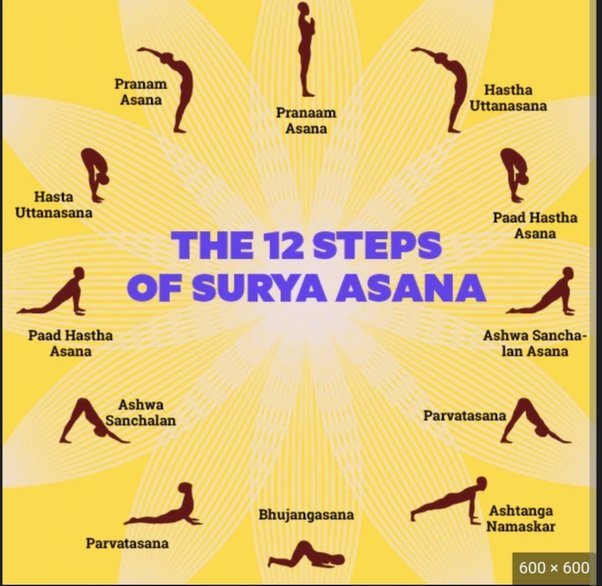I. Introduction
The Art of Efficiency
In a world where time is of the essence, mastering the art of doing more work in less time is a coveted skill. This article explores practical strategies for efficient time management, allowing you to achieve your goals without feeling overwhelmed.
II. Understanding Time Management
Defining Time Management
Time management is more than just a buzzword; it’s a cornerstone of success. It involves the conscious control and organization of your time to enhance productivity.
The Impact of Effective Time Management
Properly managing your time not only boosts productivity but also reduces stress, increases focus, and contributes to a healthier work-life balance.
III. Setting Clear Goals
Defining Your Priorities
Identifying your most crucial tasks helps you allocate time and resources effectively. Clear goals provide a roadmap for your daily activities.
Breaking Down Tasks
Large tasks can be daunting. Breaking them down into smaller, manageable steps makes them more achievable and less overwhelming.
IV. Prioritizing Tasks
The Eisenhower Matrix
Categorizing tasks into urgent and important helps prioritize your to-do list. This matrix ensures you focus on what truly matters.
The 2-Minute Rule
If a task takes less than two minutes to complete, do it immediately. This simple rule prevents small tasks from piling up and stealing your time.
V. Time Blocking Technique
Allocating Dedicated Time Slots
Assigning specific time blocks to different tasks ensures you give undivided attention to each. This technique enhances focus and minimizes multitasking.
Creating a Realistic Schedule
While planning, ensure your schedule is achievable. Overcommitting can lead to stress and compromise the quality of your work.
VI. Eliminating Distractions
Identifying and Minimizing Distractions
Recognizing common distractions, both physical and digital, allows you to take proactive measures to minimize their impact on your productivity.
Implementing the Pomodoro Technique
Breaking your work into intervals, typically 25 minutes long, separated by short breaks, enhances focus and prevents burnout.
VII. Embracing Technology
Utilizing Productivity Tools
Numerous apps and tools are designed to streamline tasks and boost efficiency. Integrating these tools into your workflow can save valuable time.
Automating Repetitive Tasks
Identifying repetitive tasks and automating them not only saves time but also reduces the risk of errors.
VIII. Learning to Say No
Setting Boundaries
Saying no when necessary is a crucial aspect of effective time management. Establishing boundaries protects your time and prevents overcommitment.
The Power of a Well-Placed No
Politely declining tasks that do not align with your priorities allows you to focus on what truly matters.
IX. Taking Breaks for Productivity
The Importance of Rest
Regular breaks rejuvenate the mind and prevent burnout. Balancing work with adequate breaks maintains high levels of productivity.
Incorporating Mindfulness
Short mindfulness exercises during breaks promote mental clarity and focus, contributing to overall efficiency.
X. Conclusion
In conclusion, mastering the art of doing more work in less time is an ongoing process. By understanding the principles of effective time management, setting clear goals, prioritizing tasks, utilizing time-blocking techniques, eliminating distractions, embracing technology, learning to say no, and incorporating breaks for productivity, you can significantly enhance your efficiency and achieve your goals without feeling overwhelmed.
FAQs
- Is multitasking an effective time management strategy?
- While it may seem productive, multitasking often leads to reduced efficiency. Focusing on one task at a time is generally more effective.
- How can I overcome procrastination and boost productivity?
- Breaking tasks into smaller, more manageable steps and setting realistic deadlines can help overcome procrastination.
- Are there any recommended time management apps?
- Yes, popular apps like Todoist, Trello, and RescueTime can assist in organizing tasks and tracking time usage.
- Is it essential to strictly adhere to a schedule for effective time management?
- While a schedule provides structure, flexibility is crucial. Adapt your plan as needed to accommodate unexpected events.
- How can I maintain a healthy work-life balance while managing time efficiently?
- Prioritize self-care, set boundaries, and allocate time for both work and personal activities to maintain a healthy balance.





